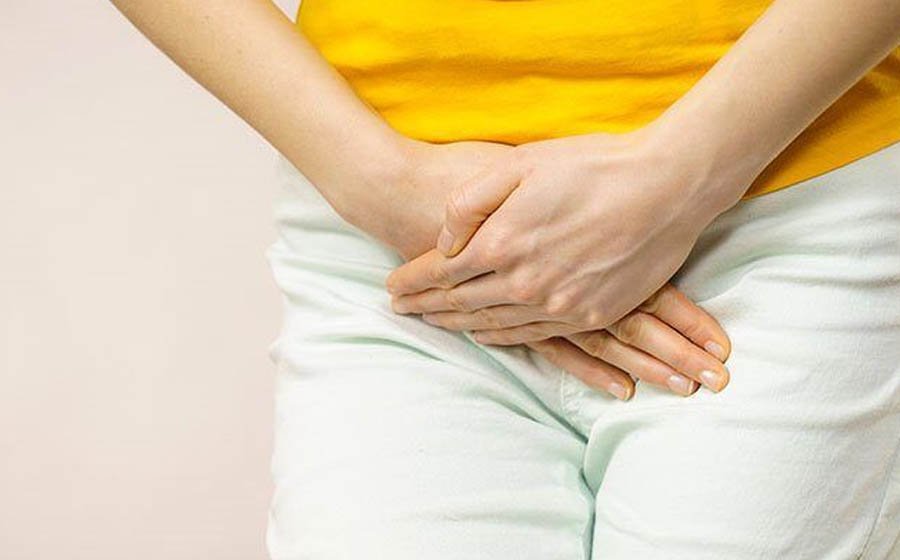In a new report titled “Continence Health in Australia,” the Continence Foundation stated that 38 per cent of Australians are affected by incontinence, which is 1 in every 3 people.
In addition, this nationally representative survey provides new data saying that 6 million Australian citizens suffer from incontinence, which can cause severe mental and physical health if left untreated.
What is Urinary Incontinence?
Incontinence is a common health condition that is often taboo. The severity of this condition ranges from urine leaks while sneezing or coughing to having the urge to urinate suddenly without any control to hold it back.
While this health condition is primarily seen in older adults, it can affect people of any age. Urinary continence treatment includes medications, lifestyle, and dietary changes. Before landing on a treatment option, first, it is essential to discuss your options with your doctor.
Incontinence usually takes place due to the following reasons:
- Strong contraction of bladder muscles at a wrong time
- Muscle weakness
- The urinary bladder is not emptied either completely or regularly
What Are The Causes Of Urinary Incontinence?
Urinary incontinence can result from advancing age, lifestyle, dietary habits, physical problems, or underlying undiagnosed medical conditions. The best way to determine the cause is to refer to a medical professional.
Regardless, the causes of this health condition have been broadly divided into two categories:
- Persistent Urinary Incontinence
- Temporary Urinary Incontinence
Persistent Urinary Continence is mainly caused due to underlying medical problems or changes in physiology, including:
- Childbirth
- Pregnancy
- Bladder muscle weakness due to aging
- Menopause
- Prostate cancer
- Enlarged prostate
- Neurological health conditions like brain tumours, stroke, multiple sclerosis, Parkinson’s disease, or spinal injury
- Urinary tract obstruction due to tumours or urinary stones that blocks the natural flow of urine.
Temporary urinary incontinence is when the condition is remedied after a certain point in time and does not persist for long. This kind of urinary incontinence mainly occurs when you consume certain medications, drinks, and food that act as diuretics. These items stimulate the bladder and increase urine volume. They include:
- Caffeine
- Alcohol
- Sparkling water and various carbonated drinks
- Chili peppers
- Chocolate
- Artificial sweeteners
- High-sugar, high-acid, and high-spice foods, such as citrus fruits
- Blood pressure and cardiovascular medications
- Muscle relaxants
- High doses of vitamin C
Temporary urinary incontinence can also result from treatable medical conditions like constipation and urinary tract infections.
The Different Types of Urinary Incontinence
There are three major types of urinary incontinence, which includes:
Stress Incontinence
The most common type of urinary continence is stress-induced incontinence, where pressure is put on the bladder through sneezing, coughing, lifting something heavy, exercising, and laughing.
Overflow Incontinence
The constant or frequent urine leaks due to the bladder not being completely empty are known as overflow incontinence.
Urge Incontinence
Lastly, there is urge incontinence, when you get the sudden urge to urinate and have no control over urine loss.
Followed by these three, two minor types of incontinence have been found among patients. These include:
- Mixed incontinence, where you experience more than one type of incontinence. The most common combination is urge and stress incontinence.
- Functional incontinence is where a mental or physical condition, like arthritis, prevents you from visiting the bathroom when you get the urge to pee.
Effective Treatment Options For Urinary Incontinence
The primary step of proper incontinence management is getting the correct diagnosis. For example, urinary incontinence in women is under-treated due to a lack of proper tools and under-reported due to the taboo surrounding this health condition. This makes effective urinary incontinence management very difficult.
Only some reputed clinics in Sydney, like Katelarius Urology, use the latest urodynamic equipment to get an accurate diagnosis and guide the patient towards the right treatment path. However, different types of incontinence treatments work effectively for both women and men.
Male Urinary Incontinence Treatments
Urinary incontinence in men is quite common and is often related to prostate issues caused due to aging. There are two effective types of urinary incontinence treatment for adult males and senior males, namely:
- The Sling Procedure: one of the most common incontinence treatments for men. It is best suited to treat stress incontinence symptoms that have not subsided using traditional treatment methods.
- Artificial Urinary Sphincter: The highest and the most accurate form of male incontinence treatment. It is mainly used on patients with severe incontinence symptoms, where circumferential urethral compression becomes necessary.
Female Urinary Incontinence Treatments
Apart from ageing, women can also experience incontinence symptoms due to pregnancy and childbirth.
- Pelvic Floor Training: This is a non-surgical form of urinary incontinence treatment in women where the symptoms of stress incontinence are managed by strengthening the pelvic floor muscles through different exercises.
- Sub-Urethral Sling Surgery: This is a minimally invasive surgical treatment to manage female incontinence effectively.
Apart from these, neuromuscular stimulation, botox therapy, and medications are also available to control the symptoms significantly or completely alleviate them.
Final Takeaway
It may feel uncomfortable or embarrassing to talk about incontinence; however, it is essential to understand that for this not to negatively affect your quality of life, it’s important to speak to a professional
If urinary incontinence symptoms hamper your daily activities, seek medical consultation immediately .
















